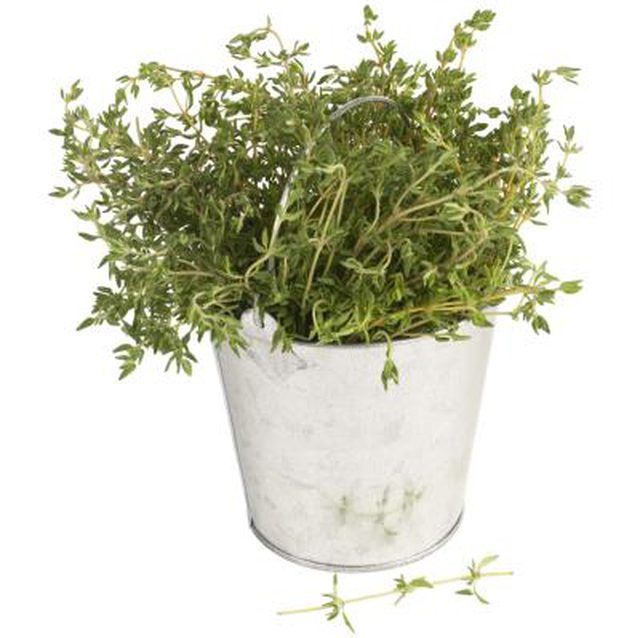Bulbs
Flower Basics
Flower Beds & Specialty Gardens
Flower Garden
Garden Furniture
Garden Gnomes
Garden Seeds
Garden Sheds
Garden Statues
Garden Tools & Supplies
Gardening Basics
Green & Organic
Groundcovers & Vines
Growing Annuals
Growing Basil
Growing Beans
Growing Berries
Growing Blueberries
Growing Cactus
Growing Corn
Growing Cotton
Growing Edibles
Growing Flowers
Growing Garlic
Growing Grapes
Growing Grass
Growing Herbs
Growing Jasmine
Growing Mint
Growing Mushrooms
Orchids
Growing Peanuts
Growing Perennials
Growing Plants
Growing Rosemary
Growing Roses
Growing Strawberries
Growing Sunflowers
Growing Thyme
Growing Tomatoes
Growing Tulips
Growing Vegetables
Herb Basics
Herb Garden
Indoor Growing
Landscaping Basics
Landscaping Patios
Landscaping Plants
Landscaping Shrubs
Landscaping Trees
Landscaping Walks & Pathways
Lawn Basics
Lawn Maintenance
Lawn Mowers
Lawn Ornaments
Lawn Planting
Lawn Tools
Outdoor Growing
Overall Landscape Planning
Pests, Weeds & Problems
Plant Basics
Rock Garden
Rose Garden
Shrubs
Soil
Specialty Gardens
Trees
Vegetable Garden
Yard Maintenance
How to Get Rid of Flies on My Lemon Thyme
How to Get Rid of Flies on My Lemon Thyme. Lemon thyme (Thymus citriodorus), a woody perennial, is grown as a culinary herb and as an attractive, aromatic addition to rock gardens. It's also used for container plantings, ground covers and at the front of ornamental borders. Hardy to U.S. Department of Agriculture plant hardiness zones 5 through 8,...

Lemon thyme (Thymus citriodorus), a woody perennial, is grown as a culinary herb and as an attractive, aromatic addition to rock gardens. It's also used for container plantings, ground covers and at the front of ornamental borders. Hardy to U.S. Department of Agriculture plant hardiness zones 5 through 8, lemon thyme attracts bees and flies. You can get rid of flies on lemon thyme by making an all-natural insect control solution using basic household products.
Things You'll Need
Mixing bowl
Baby shampoo
Wooden spoon
Cooking oil
Spray bottle
Fill the mixing bowl with 1 gallon of warm water. Add 2 tablespoons of baby shampoo and stir well with a wooden spoon. Mix in 2 tablespoons cooking oil. This creates a basic oil-based insecticidal soap that works well to repel whiteflies, aphids, spider mites and thrips.
Place the mixture in a spray bottle and test it on a small part of the plant. Water plants well the day before applying the mixture and apply it only when temperatures are under 80 degrees Fahrenheit. Wait two or three days after application and check the leaves for damage such as leaf burn. If none has occurred, go ahead and apply the mixture to the rest of the plant.
Spray the thyme leaves and stems thoroughly with the mixture, soaking them until you see it actually dripping off of the leaves. Cover the undersides of the leaves to ensure complete coverage. Repeat every five to seven days for best results.
Tips & Warnings
If there's a heavy whitefly infestation, hand-remove the pests before you spray with the insecticidal oil soap.
Hanging yellow sticky tape near the garden area may help to reduce whitefly populations.
Do not use pesticides to control whitefly populations, because the pests build up a resistance to these controls.